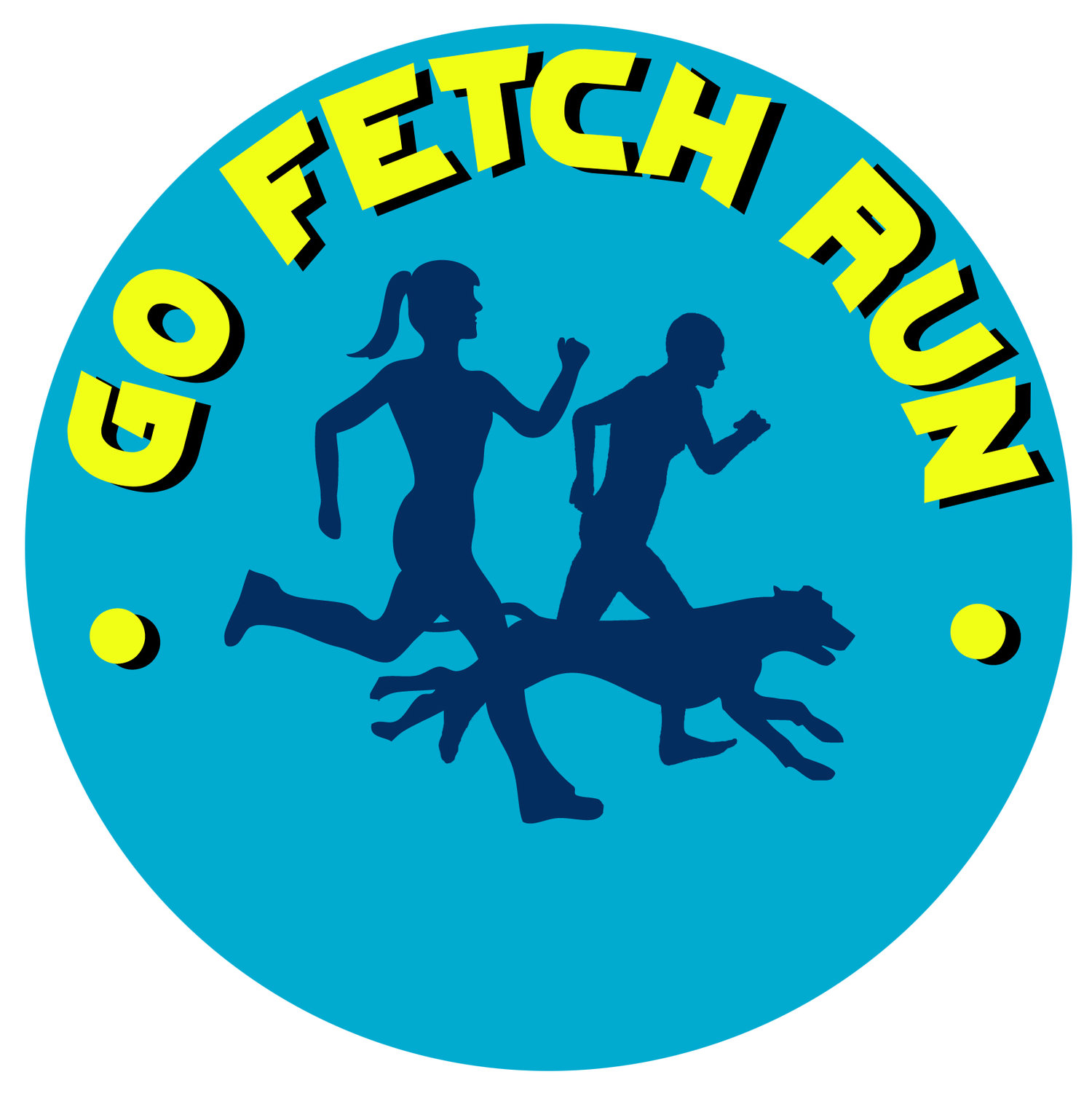1. Stay hydrated. Drink plenty of water well before exercising and be sure to take some with you. Bring a water bowl for your dog as well. Cold water is best for cooling both of you off. If you have some to spare, dump some water on your friend - she'll thank you for it!
2. Exercise before 10 am or after 7 pm when it's cooler and find some shade. Try to avoid exercising during the hottest part of the day and stay out of the direct sun. Remember, asphalt heats up quickly and can burn your dog's feet. Don't take your dog on hot asphalt.
3. Slow down! When it's hot, don't try to set any records. Take it slow and find a pace that's comfortable for both you and your dog. Also, be ready to take plenty of water breaks.
4. Wear light, breathable clothing in light colors and plenty of sunscreen. Dogs can burn, too, so apply sunscreen to noses, ears, and any other exposed skin. Put away fluffy's t-shirts in the heat.
5. Dogs that are brachycephalic (short-faced), such as Bulldogs, Pugs, and Boxers have a harder time cooling down and should not do high-intensity exercise in the heat. Take them on slow walks in the morning or evening, or bring them to class, of course!
6. Know the signs of heat exhaustion. For you, signs include profuse sweating, fatigue, weakness, nausea and vomiting, dizziness, muscle cramps, headaches, and an increase in body temperature. For dogs, early signs include heavy panting, rapid breathing, excessive drooling, bright red gums and tongue, and difficulty maintaining balance.
If you or your dog experience any of these symptoms, stop exercising immediately and drink water and/or a sports drink with electrolytes (dogs can drink Pedialyte). Hose yourselves down with water and apply ice packs (your neck, the dog's groin area) until you stabilize. You can also apply rubbing alcohol to pads of the dog's feet.
Most importantly, always pay attention to your dog and don’t force them to continue exercising if they are clearly ready to stop. You will build trust and enhance your bond.
